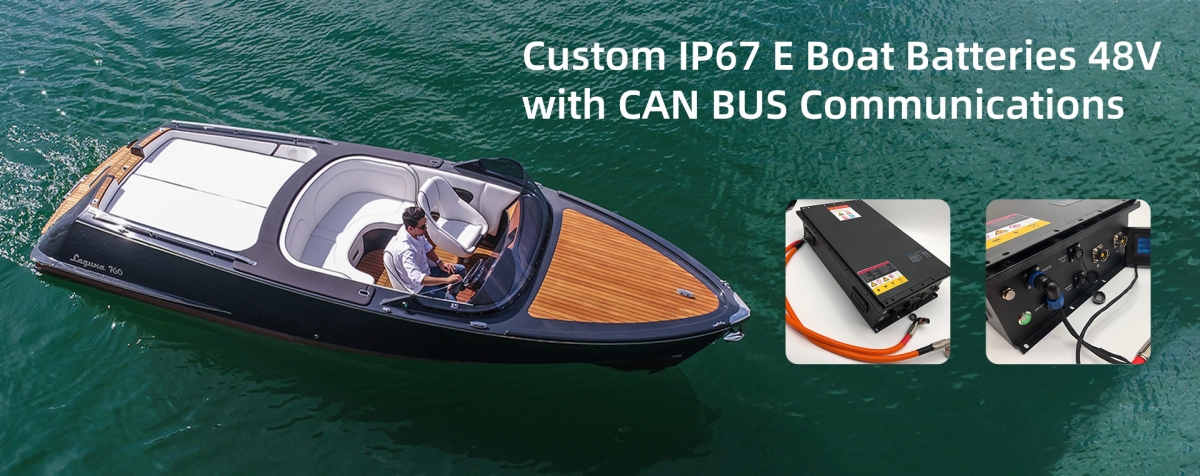- 16
- Nov
Explanation of the preparation method of silicon-carbon composite material for lithium battery anode material
Experimental methods for preparing silicon-carbon composites
The composition of the silicon-cb composite was tested using solution plasma processing (SPP). The results show that the SPP method is an excellent method for preparing carbon black with high pore volume, medium and micro-layered pore structure. 0-22

“In these studies, only organic solvents such as benzene were used to generate CB. However, in this study, we examined the composition of the composite material by relaxing the silicon nanoparticles in an organic solvent before plasma discharge.
The experiment was carried out at room temperature and pressure. Using a pair of mechanical pencil leads as electrodes for plasma emergence, since most of the wires are plasma sputtering or vapor, it can be assumed that there are impurities in the composite material.
Each electrode is covered with a ceramic tube which is inserted into a silicone plug. A pair of electrodes are packaged in a ceramic tube and filled with silicon plugs, and then the electrodes are placed in a beaker with a diameter of 50 mm and a height of 100 mm (Figure 1). The distance between the electrodes is maintained at 1 mm. The carbon precursor is pure xylene (reagent grade, sigma-aldrich), and silicon nanopowder (uniform particle size=100nm, AlfaAesar) is mixed with xylene. The bipolar pulse power supply is used to generate discharge. The power frequency and pulse width are adjusted to 25khz and 0.5s respectively. After discharge, the discharge liquid is filtered through cellophane to obtain any solid compounds present in the solution. Then filter, at 80 degrees Celsius, it is monotonous, leaving a powdery substance.
Xylene transpiration. In order to obtain positive conductivity, it was treated at 700℃ for 1h in an electric furnace under N2 atmosphere. In order to conduct electrochemical evaluation of the silicon-CB composite material, a silicon-CB composite material with a mass fraction of 80wt% was used as the active material carbon black slurry to prepare the anode.
(10 component%; Superp) as a conductor, polyacrylic acid (PAA; 10%) as a binder in distilled water.
CR2032 coin cell is assembled in a glove box filled with argon gas, 2400 Celgard separator, lithium foil as the counter electrode and reference electrode, 1MLiPF6 as polycarbonate vinyl = diethyl carbonate (EC=DEC) (1:1 volume ). Use 10% fluorinated ethylene carbonate (FEC) as the electrolyte. All cells were tested at a current density of 0.05 ~ 3V at 1°C (Li=Li+).
[372 mah = g; Using biological BCS805 battery detection system, charging (lithium extraction) and discharging (lithium thrust) at room temperature.
